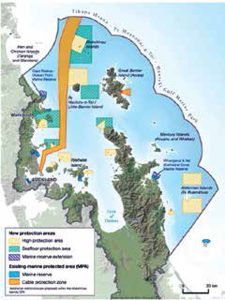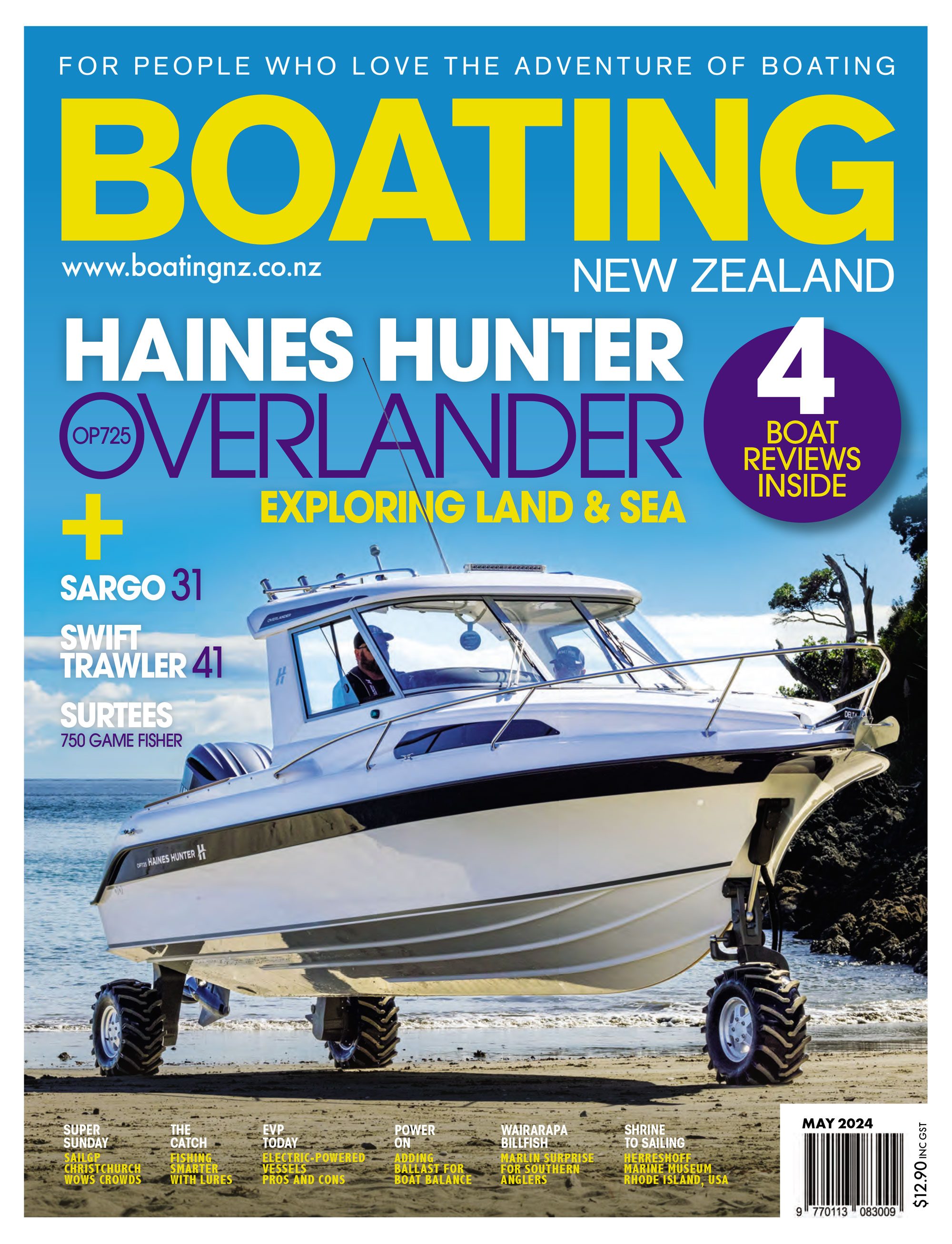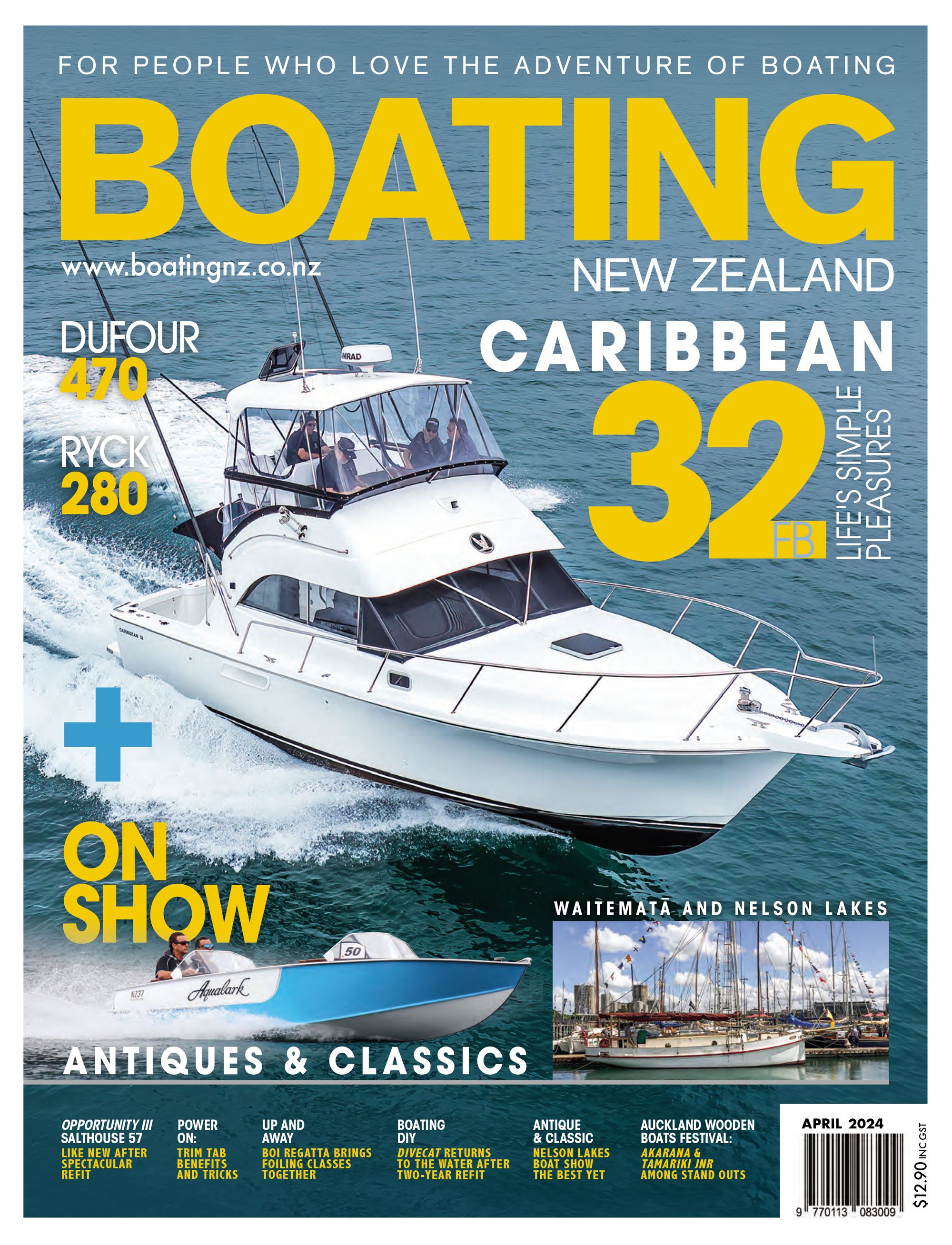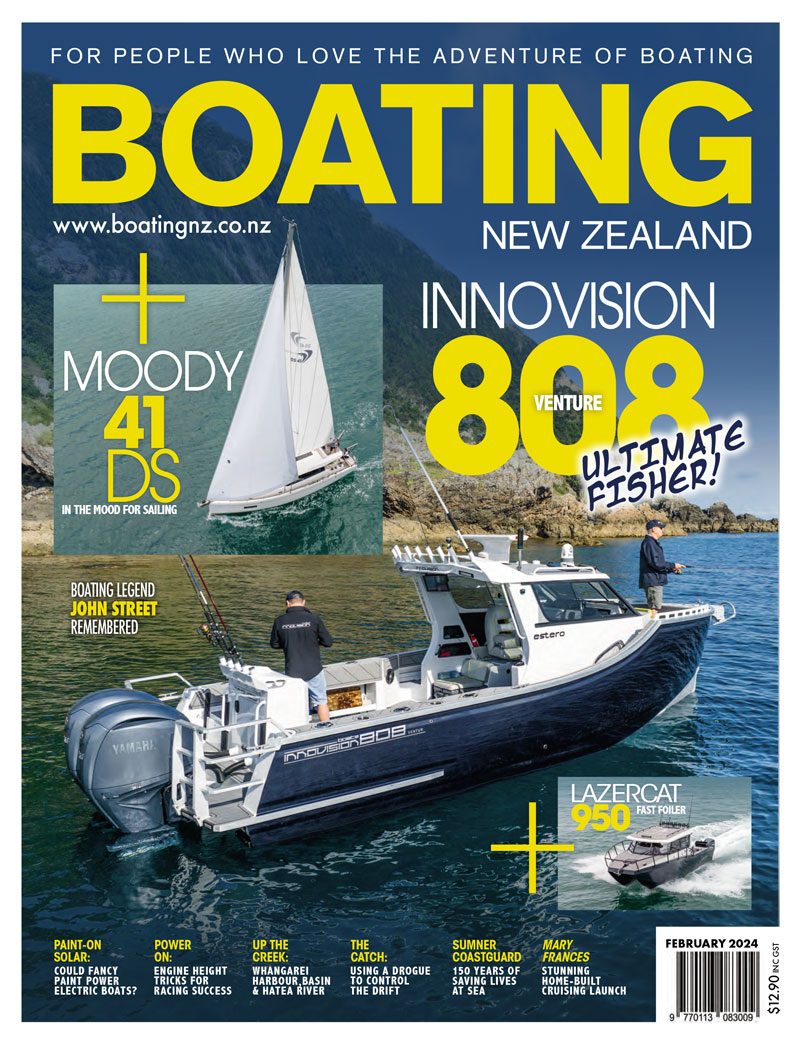

It is with mixed feelings that I contemplate recently announced plans to introduce 19 new marine protection areas inside the Hauraki Gulf Marine Park.
Not because the Gulf doesn’t need to protect and restore marine habitats and ecosystems – it does, and action on this front has been too long in coming – but because I believe recreational fishers, of which I am one, will be disproportionately penalised if the Hauraki Gulf/Tīkapa Moana Marine Protection Bill is passed as proposed.
The new protections include extensions to two existing marine reserves at Cathedral Cove and Goat Island, the creation of 12 High Protection Areas (HPAs) – no-take areas where fishing or food gathering is prohibited – and five seafloor protection areas (SPAs), where commercial and recreational fishing will be allowed provided there is no bottom contact.
In total, including Cable Zones, about 18% of the Gulf will be protected. Authorised customary fishing and harvesting of seafood will be allowed in high protection areas.
Marine protection areas will affect me personally, along with many thousands of others who love to fish and dive the waters of the Hauraki Gulf. I’m mostly a small boat fisher, restricted to inshore areas. So I’m disappointed to note that several of my favourite fishing spots will be swallowed by new HPAs. The same will doubtless be true for thousands of other recreational fishers.
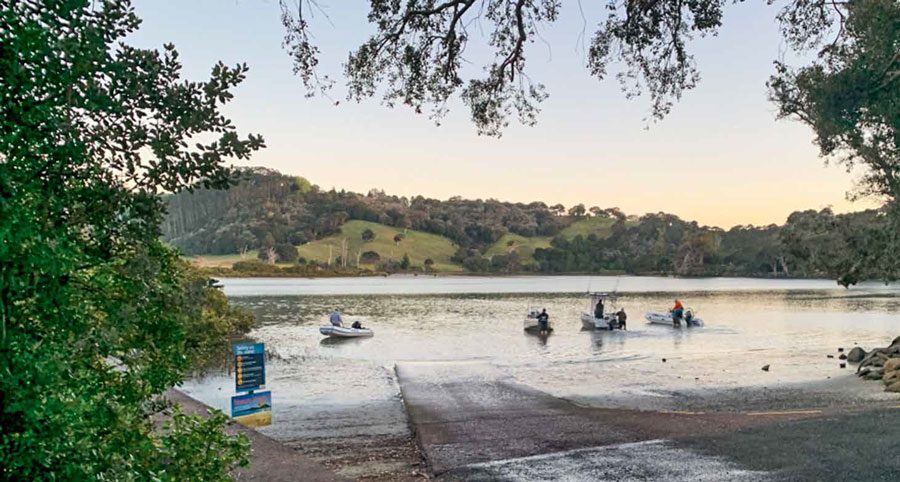
Then there are the charter boats that take recreational fishers further out into the Gulf to places like the Mokohinau Islands, Aldermen Islands, Cape Jackson and Channel Island – even Little Barrier Island – all of which fall wholly or partly inside HPAs. What will become of those businesses?
But I’m willing to take one for the team should the proposed protections give us a healthier, more diverse marine environment with more fish in the water. If that happens, we all benefit.
However, I’m concerned these new protections will only increase fishing pressure on the rest of the Gulf. And that they neither properly address bigger issues like commercial fishing, including bottom trawling (which will continue inside the Marine Park) and pilchard seining (removing a main food source for fish, birds and marine mammals), nor environmental damage from sedimentation and pollution arising from land-based activities. Meaningful controls on these activities would, in my opinion, offer far more effective protection for the Gulf than squeezing out recreational fishers.
Maybe I’m being selfish, but I would far rather see commercial fishing excluded from the Marine Park, along with stricter environmental controls for land-based developments, than lose my favourite fishing spots!
There will be another opportunity for the public to provide feedback during the Select Committee process on the Bill.
The Government hopes legislation and protection will be in place by mid 2024.
John Eichelsheim
Editor

